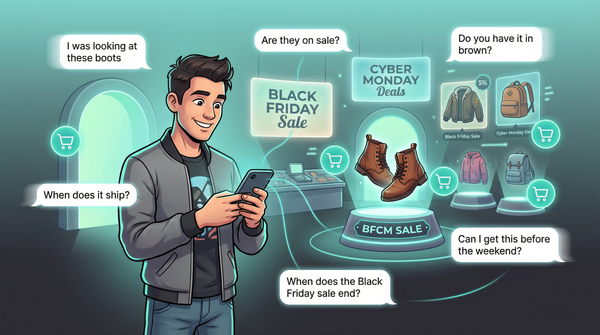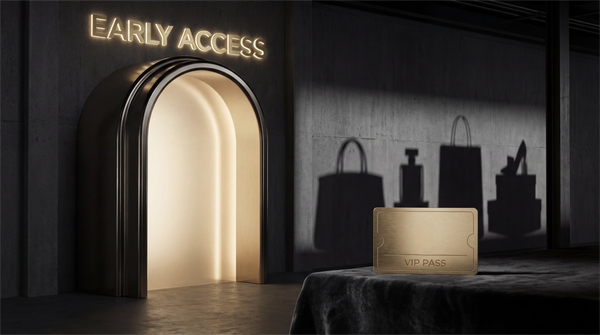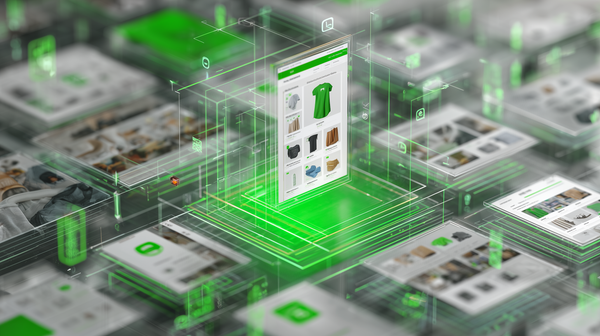From Support to Repeat: How Olipop’s CX Boosted Customer Loyalty
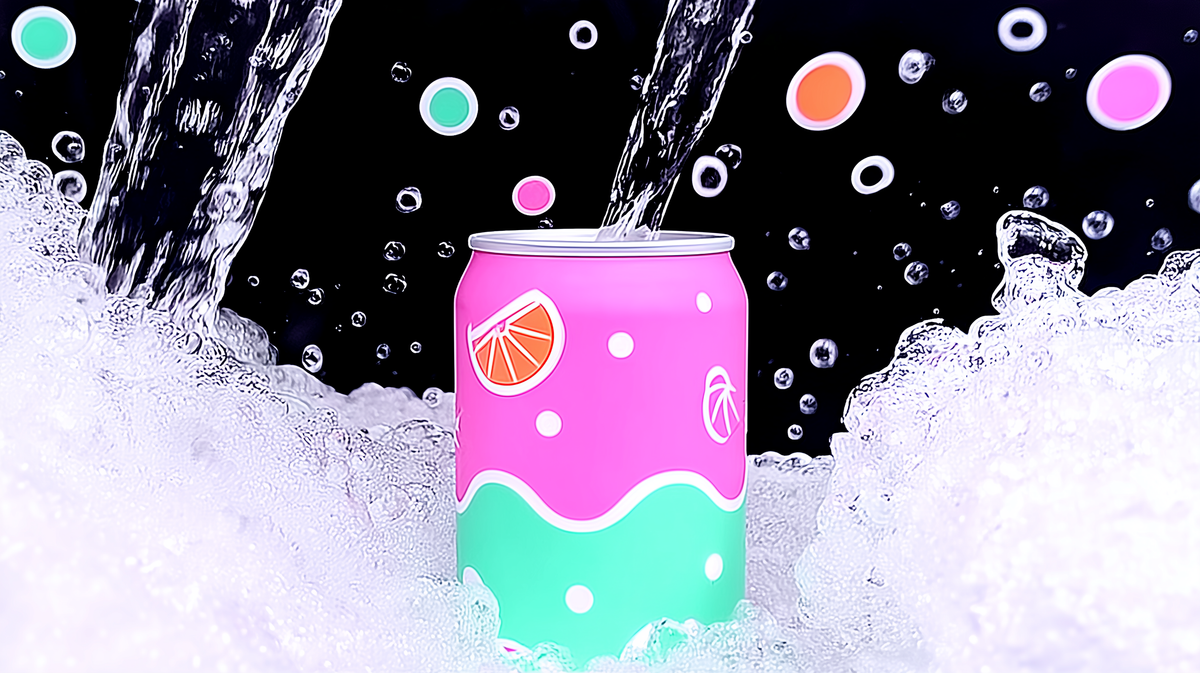
Coca-Cola made headlines by launching a prebiotic soda line to compete with upstarts like Olipop (CNBC). It’s a clear sign that the $1.85B Shopify-powered Olipop has shaken up the soda industry by creating a brand that fans can’t stop raving about. As Olipop’s CEO, Ben Goodwin, put it:
“Imagine being a bedroom entrepreneur… and five years later two of the largest brands on Earth are entering the space” (Ad Age).
While giants are splurging on flashy launches, Olipop’s real strength lies in an outstanding customer experience (CX) that turns casual consumers into loyalists. The numbers speak for themselves: functional soda grew from a $197M niche to a $440M market in four years (CNBC), and Olipop's repeat purchase rates are described as “astronomically high” (FoodNavigator-USA).
So, how did Olipop master the art of loyalty without hefty ad spends?
Speed, Empathy, and the ROI of Real Human Support
Olipop’s approach to CX begins with a relentless focus on fast, personal support. Early investments in systems and training ensured every customer gets a genuine response quickly. By migrating to a modern helpdesk, Olipop cut first-response time by 88% and resolution time by 91%—essential in a world where customers expect Amazon-level speed (Gorgias).
But here's the twist: support isn’t treated as a cost center. Olipop flipped the script, viewing support as a core retention tool, which led to a 1,200% increase in revenue from customer service interactions (Gorgias). By scaling high-touch support, Olipop quadrupled its DTC revenue in a year (Gorgias).
The magic? Empowering agents to connect as humans, not robots. Eli Weiss, Olipop’s former Director of CX, explains: “Most brands follow a script, but we empower our team to break the script and have real conversations” (Direct To Consumer). Whether it's chatting about a customer's pet pig or genuinely checking in on someone’s day, these micro-moments create emotional connections that customers love to share on social media.
In times of crisis, Olipop shines by overdelivering with free replacements, bonus items, or handwritten apologies. As Eli puts it:
“Some of the best relationships we’ve built are in times of crisis. Get in when somebody has an issue and go above and beyond. That’s where the magic happens” (Direct To Consumer).
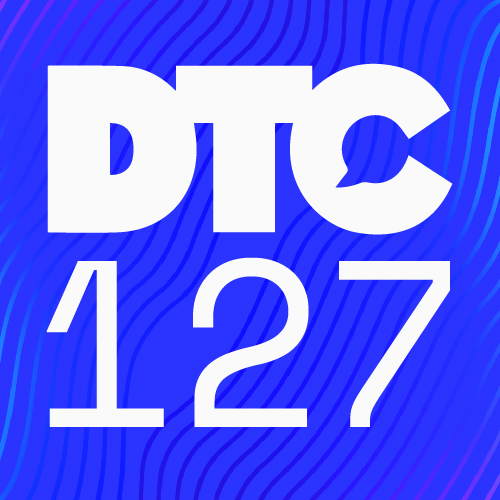
Smart operators know that every challenge is an opportunity to win a customer for life.
Beyond Transactional: Surprise-and-Delight as a Retention Engine
Olipop doesn’t just resolve issues quickly—they make moments joyful. From handwritten thank-you notes to exclusive early access for superfans, these personal, often manual gestures make a significant impact.
Last holiday season, Olipop handpicked a few hundred loyal customers and sent them a secret link to gift a free case to a friend. The rationale?
“Instead of spending $50 to acquire a customer on Facebook, we give free cases to people who love Olipop and let them sell it for us” (Direct To Consumer).
Gratitude, as it turns out, fuels growth.
The results? After enhancing their subscription experience and adding these surprise-and-delight elements, Olipop saw a 35% jump in monthly subscription revenue and record-low churn (Stay.ai). In a category known for impulse buys, that's impressive.
And here's the kicker: 86% of consumers say they’ll pay more for great CX (Ecommerce Fastlane). Olipop’s approach proves that delighting customers turns them into vocal advocates.
Community Building: CX That Scales Beyond the Inbox
Olipop sees every customer as a potential advocate, not just a support ticket. The brand is active where its fans are: Twitter, Reddit, Instagram, and more. Even execs engage directly from personal accounts (Direct To Consumer). This isn't mere "engagement"—it's authentic interaction that makes customers feel valued.
Listening plays a crucial role. Olipop crowdsources flavor ideas, responds to feedback, and involves their community in limited-edition drops (Stay.ai). Customers see their input reflected in real changes, turning buyers into believers.
The payoff? Organic UGC that money can’t buy. Fans post “Olipop fridge” photos, share flavor hacks, and hype new releases. One Twitter user said it best: “@drinkolipop is the greatest thing to ever happen to me” (SoTWe). This compounding loop—great CX → happy customers → word-of-mouth → more loyal customers—is powerful.
Offline, the strategy remains consistent. Olipop connects at wellness events and partners with influencers to build relationships, not just sales. As CEO Ben Goodwin recently implied, Big Soda can copy our fiber or flavors, but they can’t copy our community. That’s the moat.
DTC experts are echoing Olipop's playbook in real time. As marketer Jack Appleby recently noted on X, brands like Olipop excel by latching onto cultural moments—such as tying their soda to the Taylor Swift-Travis Kelce buzz—to drive massive engagement and build loyalty that transcends transactions.
1. TYING YOUR BRAND TO BIG CULTURAL MOMENTS GETS ENGAGEMENT
— Jack Appleby (@jappleby) October 3, 2025
OLIPOP’s TSwift/Kelce post? Their 2nd most liked static in months. Sometimes going viral is the strategy. You’re not selling a product in that moment—you’re selling attention. pic.twitter.com/6UlKgBEZE9
Human-First Recovery: Blending Automation and Real Conversation
For scaling DTC brands, balancing automation with human touch is critical, especially in cart recovery. Abandoned carts mean lost revenue, and automated SMS can feel impersonal.
Enter LiveRecover, an SMS cart recovery platform powered by real human agents. When a shopper abandons their cart, trained LiveRecover agents text them directly, addressing objections and closing sales in real-time. The difference? Customers talk to people, not bots, ensuring questions get real answers and trust isn’t compromised for a quick sale (LiveRecover).
For brands obsessed with customer experience, blending automation with genuine human connection (in support, recovery, and beyond) amplifies impact. Personal, responsive interactions drive revenue recovery while reinforcing customer trust.
Loyalty Is Built, Not Bought: The Operator Takeaway
Olipop’s CX strategy is a masterclass in playing the long game. The brand boasts one of the highest repeat purchase rates in beverage, with insiders citing 90% of sales from returning customers—a dream metric for food and drink brands (FoodNavigator-USA). Monthly revenue reportedly hit $20M in 2024, driven by retention and word-of-mouth, not just paid acquisition (LinkedIn).
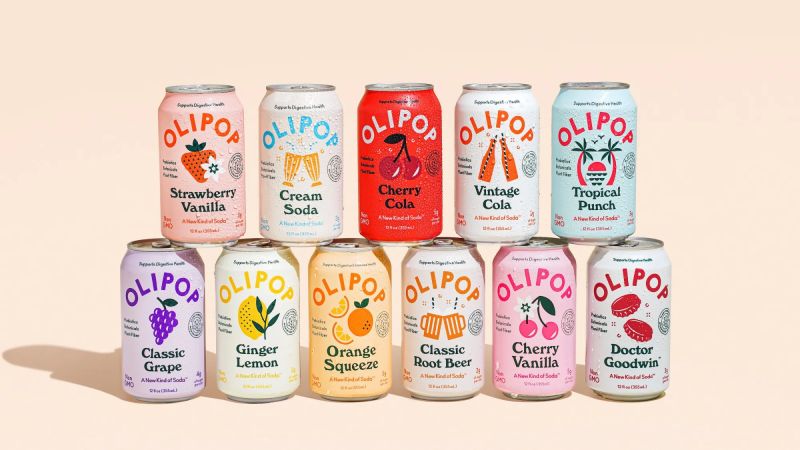
The lesson for DTC founders: acquiring new customers is 5–10x more expensive than retaining current ones (Ecommerce Fastlane). Olipop built a loyalty engine—where support, surprise, and community enhance LTV, reduce churn, and create advocates who market for you.
In today’s crowded DTC landscape, over-delivering on experience isn’t optional—it’s a growth strategy. Be fast, be thoughtful, be human. That’s how you turn a single soda order into a lifelong customer.
Subscribe for weekly DTC insights.



